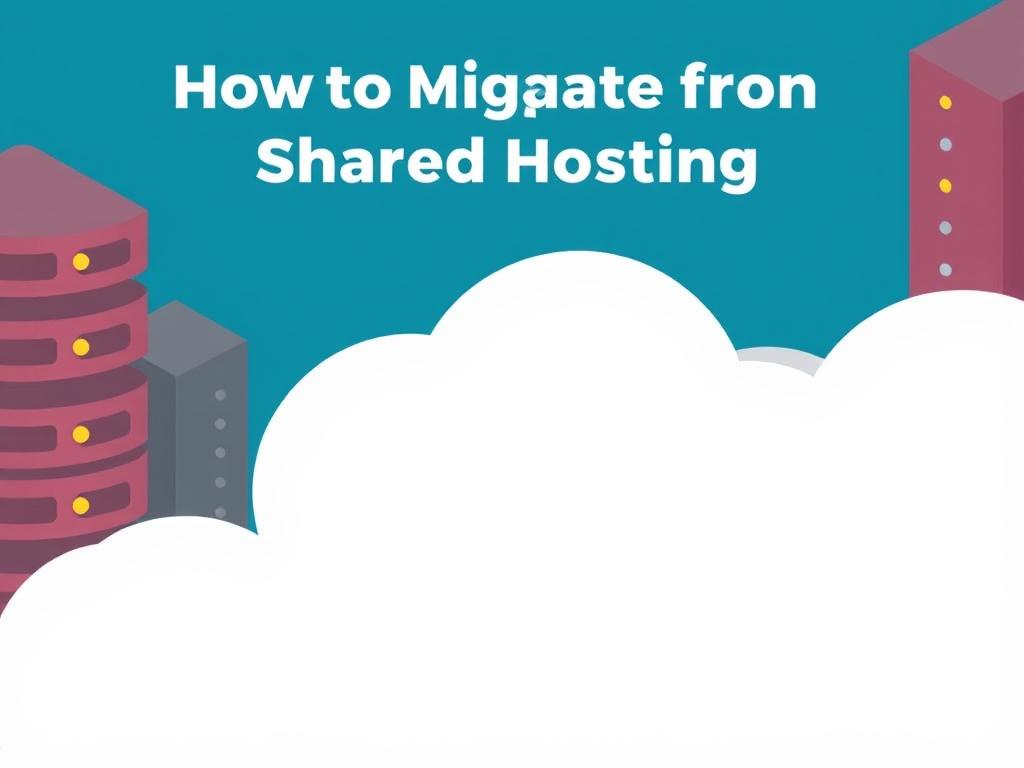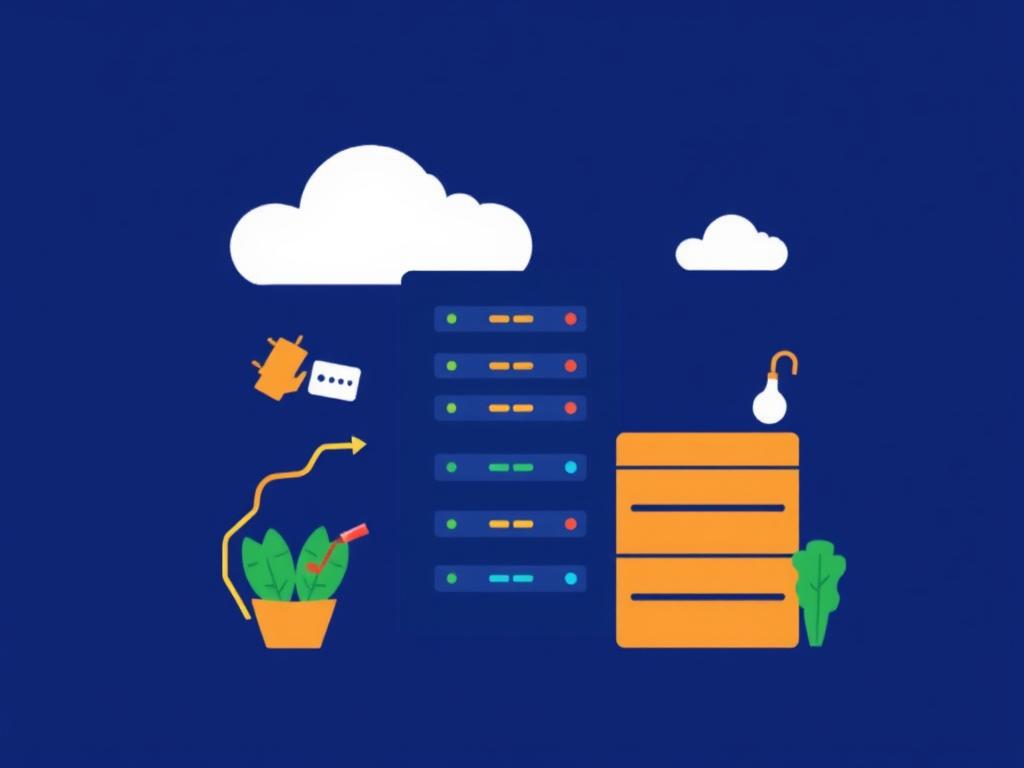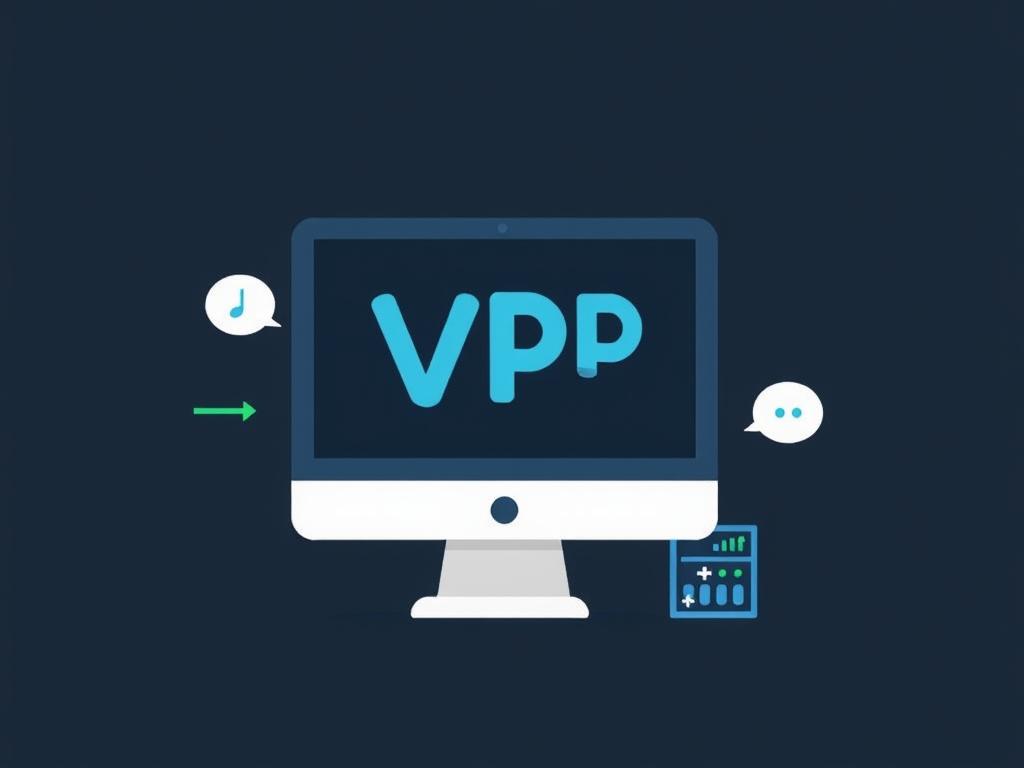Have you ever felt restricted by the limitations of shared hosting? Is your growing website demanding more power and flexibility? If so, it’s time to consider migrating to a Virtual Private Server (VPS). Making the switch can seem daunting, but with the right guidance, it can be a smooth and efficient process. This article will walk you through every step, ensuring a successful transition to your new hosting environment.
Understanding the Basics: Shared Hosting vs. VPS
Before diving into the migration process, it’s essential to understand the fundamental differences between shared hosting and VPS. Both have their advantages and limitations, and knowing them will help you make an informed decision.
What is Shared Hosting?
Shared hosting is a type of web hosting where multiple websites share a single server’s resources. It’s akin to living in an apartment complex where each resident has a designated space but shares utilities like water, electricity, and parking. This setup is cost-effective and easy to manage, making it ideal for beginners and small websites.
- Pros: Affordable, Easy to set up, Low maintenance.
- Cons: Limited resources, Performance issues during high traffic, Lack of customizability and control.
What is VPS?
A Virtual Private Server (VPS) offers a more isolated hosting environment by providing dedicated resources to each user. It’s similar to owning a private house where you have complete control over the property, but you still share the neighborhood utilities.
- Pros: Dedicated resources, Enhanced performance, Greater control and flexibility, Scalable.
- Cons: More expensive, Requires technical knowledge, Increased responsibility for maintenance and security.
Preparing for the Migration
Now that you understand the basics, the next step is to prepare for the migration. Proper preparation can save time and prevent unnecessary headaches. Here’s a comprehensive checklist to help you get started.
Evaluate Your Current Hosting Package
Start by assessing your current hosting package. Understand the resources and limitations of your shared hosting plan. This will help you choose the right VPS package that meets your needs without overspending.
| Feature | Shared Hosting | VPS |
|---|---|---|
| Resource Allocation | Shared | Dedicated |
| Performance | Variable | Consistent |
| Control | Limited | Full Control |
| Security | Shared | Higher |
Choose the Right VPS Provider
Selecting the right VPS provider is crucial. Look for a provider that offers excellent customer support, reliability, and scalability. Read reviews and compare packages before making a decision.
Back Up Your Data
Before any migration, it’s vital to back up your website data. This includes your databases, website files, email accounts, and any other important information. Many hosting providers offer backup solutions, but it’s always good to have a local copy as well.
Step-by-Step Migration Process
With your preparations complete, it’s time to begin the migration process. Follow these steps to ensure a smooth transition.
Step 1: Set Up Your VPS
Once you’ve selected your VPS provider, set up your new server. This usually involves choosing an operating system, configuring the server settings, and installing necessary software.
Step 2: Transfer Your Files
Transfer your website files from your shared hosting to your VPS. This can be done using a File Transfer Protocol (FTP) client. Ensure you transfer all necessary files, including media, themes, and plugins.
Step 3: Migrate Your Database
Export your databases from the shared hosting and import them into your new VPS. Tools like phpMyAdmin can simplify this process. Ensure all database settings are correctly configured to avoid any connection issues.
Step 4: Update DNS Records
Changing your DNS records is essential to point your domain to the new VPS. Log in to your domain registrar and update the DNS settings. Keep in mind that DNS propagation can take up to 48 hours.
Step 5: Test Your Website
After the transfer, thoroughly test your website on the new VPS. Check for any broken links, missing files, or performance issues. Testing ensures everything is functioning correctly before you go live.
Post-Migration Considerations
After successfully migrating your website, there are additional considerations to keep in mind to ensure smooth post-migration performance and security.
Optimize Your Server
Optimize your VPS to ensure it performs efficiently. This includes configuring caching, optimizing databases, and regularly monitoring server resources. Effective optimization can significantly enhance your website’s speed and performance.
Implement Security Measures
Security is paramount when managing a VPS. Implement robust security measures such as firewalls, malware scanning, and regular updates. Consider using security plugins and services to safeguard your website from potential threats.
Monitor and Maintain
Regular monitoring and maintenance are essential to keep your VPS in top condition. Utilize monitoring tools to track server performance, identify bottlenecks, and address issues promptly. Regular maintenance ensures long-term stability and reliability.
Conclusion
Migrating from shared hosting to VPS is a significant step toward enhancing your website’s performance, control, and security. Although the process requires preparation and careful execution, the benefits far outweigh the initial effort. By following the steps outlined in this guide, you’ll be well-equipped to navigate the migration process successfully. Embrace the power of VPS and unlock your website’s full potential.











